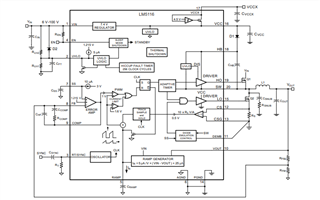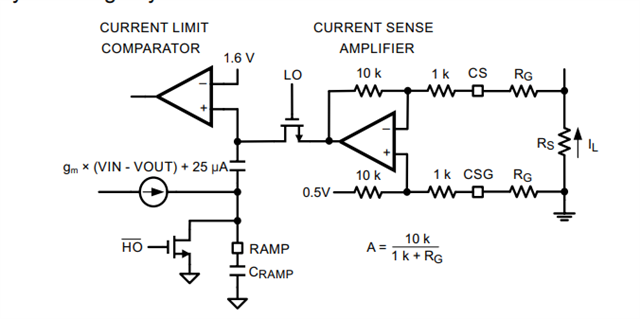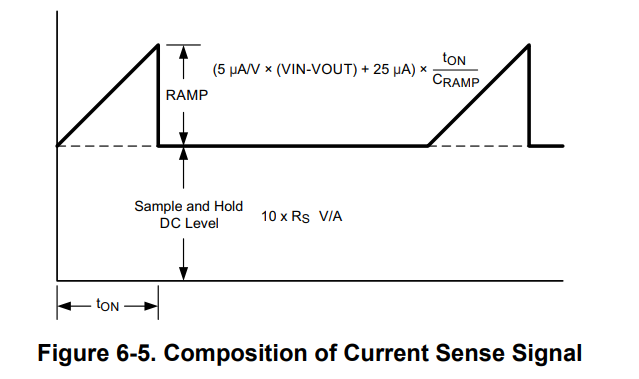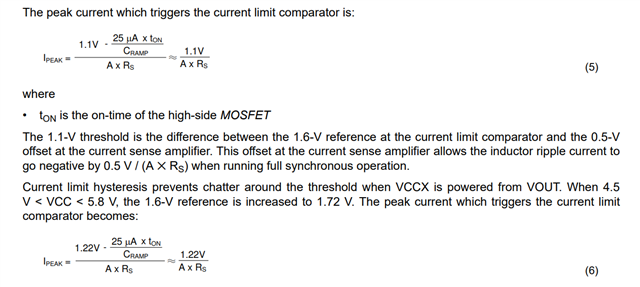Tool/software:
Hi Everyone,
We need to know how this LM5116 is limiting the current?
How does this IC triggers and protect the circuit when the current between Vin and Vout is reached to its specific current limit? It should limit the current when the HO is turned On & when the LO is turned On after HO is turned off i.e. during both cycles of the Inductor.
Please explain and lets us know the logic and calculation as how this is limiting the current between Vout & Vin during different conditions.





